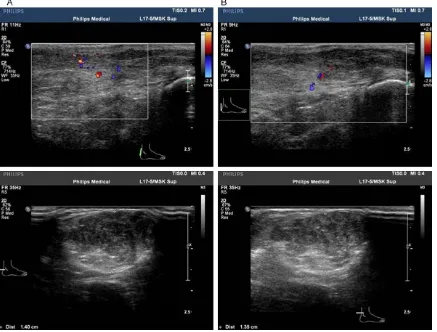Original Article The diagnosis and treatment of familial hyperlipidemia combined with midsubstance Achilles tendinopathy in a young woman: a clinical case report
Full text
Figure

Related documents
• Bilateral paramedian thalamic strokes due to AOP occlusion are characterized by altered mental status, vertical gaze palsy, and memory impairment, and are similar in presentation
Medical students experience a variety of different learning environments throughout their medical course, from structured lectures and tutorials, group or team-based
parasitoids of the rice fields in the Philippines., Table S3: Sequences obtained from the NCBI GenBank., Figure 286. S1: Distribution of the eight study sites throughout the
positive correlation between AA genotype of IL-17A G197A polymorphism and increased risk of developing gastric cancer in a Chinese population, 37 although Wu et al did not
We say that a randomized encryption algorithm is secure against t -th order attack (in the restricted or full model) if the distribution of any t intermediate variables can be
11 We hope this (and any future) challenge will inspire cryptanalysts to focus on attacking the cryptographic constructs used in program obfuscation, both to improve confidence in
Table 5: Environmental impacts related to the production of materials included in the assessed façade assemblies (modules A1-A3 according to [32]).. Evaluation of overall
microscopy, but (2) a progressive deficit of spontaneous locomotion and reduced photic entrainment of their spontaneous circadian activity, (3) impaired dopamine signaling and